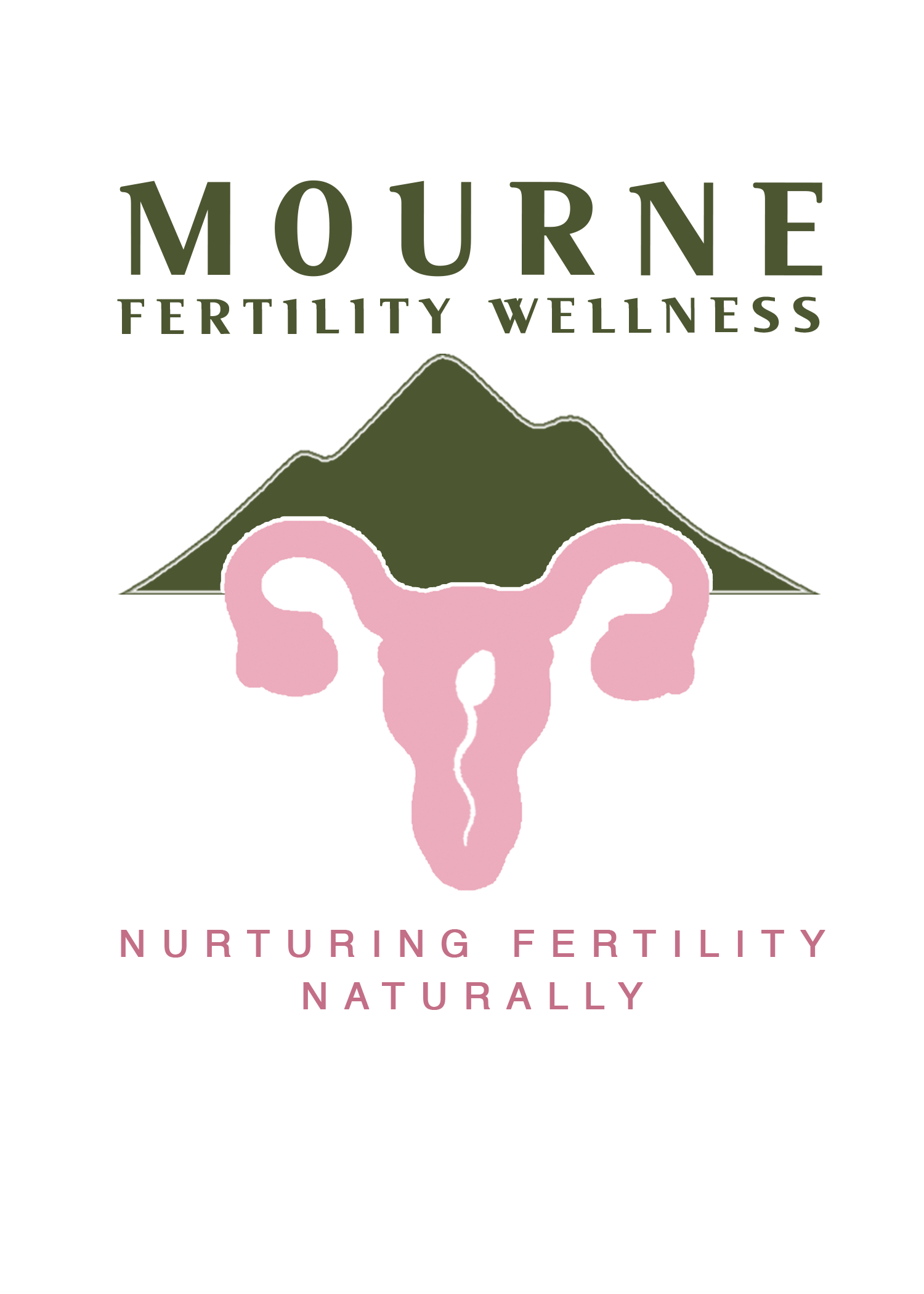Understanding The Complex World Off Female Horomones
Female hormones play a pivotal role in the health and well-being of women throughout their lives. These chemical messengers orchestrate a symphony of physiological process, influencing everything from reproductive cycles, to mood swings. In this blog post I will delve into the fascinating world of female hormones, exploring their functions, fluctuations, and the impact they have on women’s lives.
The Hormonal Orchestra - the female endocrine system is a complex orchestra of hormones, with major players being oestrogen, progesterone and testosterone. These hormones are produced primarily in the ovaries, but also in smaller amounts in the adrenal glands. Each of them has a unique role to play.
Estrogen - Often referred to as the “female hormone” - it plays a central role in the development of female secondary sexual characteristics, such as breast development, and the regulation of the menstrual cycle. It also influences bone density and cardiovascular health.
Progesterone - This hormone is a key player in preparing the uterus for pregnancy and maintaining a pregnancy if it occurs. It helps regulate the menstrual cycle and has a calming effect on the nervous system.
Testosterone - While typically associated with males, testosterone is also present in females, albeit in smaller quantities. It contributes to muscle mass, bone density and libido. An imbalance can lead to issues such as reduced sex drive.
The Monthly Dance
Menstrual cycle, one of the most well-known aspects of female hormones in the menstrual cycle. This intricate process is orchestrated by a careful interplay of estrogen and progesterone. The menstrual cycle typically lasts around 28 days, but variations are common.
Follicular Phase - This phase begins with the start of menstruation, estrogen levels rise stimulating the growth of follicles in the ovaries. One follicle eventually matures and releases an egg in prepration for fertilisation.
Ovulation
Follicle-stimulating Hormone (FSH), Is responsible for stimulating the development of follicles in the ovaries, which contain eggs. Its essential for the menstrual cycle and ovulation. Luteinizing Hormone (LH), triggers the release of the mature egg from the follicle during ovulation. Estrogen is responsible for the development of the uterine lining and is crucial for a healthy menstrual cycle. Progesterone maintains the uterine lining after ovulation, preparing it for embryo implantation. Around the middle of the cycle, a surge in luteinizing hormone (LH) triggers ovulation - the release of the mature egg from the ovary. This is the most fertile time in the menstrual cycle. Luteal Phase - After ovulation, the empty follicle becomes the corpus luteum and starts producing progesterone. This hormone helps prepare the uterine lining for possible pregnancy. If fertilization doesn’t occur progesterone levels drop, leading to menstruation.
Hormonal Shifts and Woman’s Health
Hormonal fluctuations extend beyond the menstrual cycle. Life events like pregnancy, child birth and menopause bring about significant hormonal changes. Pregnancy hormonal changes are profound during pregnancy. High levels of estrogen and progesterone are essential for maintaining pregnancy and ensuring fetal development. Child birth, after child birth, there’s a sudden drop in estrogen and progesterone, often leading to postpartum depression, and mood swings. Menopause typically occurring in a woman’s late 40’s or early 50’s, menopause marks the end of reproductive years. Estrogen and progesterone levels decrease significantly, leading to various symptoms, including hot flushes and mood changes.
In conclusion - female hormones are the unsung heroes of a woman’s life, influencing her physical and emotional well-being in profound ways. From the intricate dance of the menstrual cycle to the transformative journey of pregnancy and menopause. Understanding these hormones is essential for women’s health and overall quality of life. Embracing the ebb and flow of hormones can empower women to navigate the beautiful complexity of their bodies with grace and resilience.
